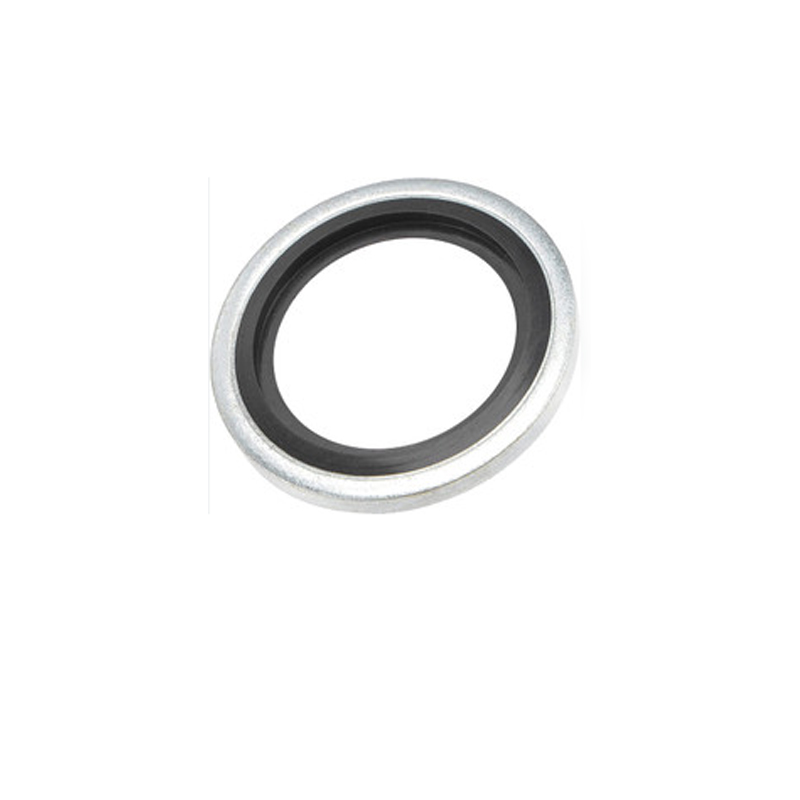Exploring the Importance and Functionality of Automotive Shaft Seals in Vehicle Performance
Understanding Automotive Shaft Seals Their Importance and Functionality
Automotive shaft seals play a vital role in the performance and longevity of vehicles. These small but crucial components are designed to prevent the leakage of fluids and contaminants in various automotive assemblies. Commonly found in engines, transmissions, and differentials, shaft seals are essential for maintaining the integrity of these systems. This article delves into the significance, types, and functionalities of automotive shaft seals.
What are Automotive Shaft Seals?
Shaft seals, often referred to as lip seals or oil seals, are specialized components that form a barrier between the shaft and the housing. They are engineered to keep lubricants in and contaminants out. Typically made from materials like rubber, polyurethane, or silicone, these seals can withstand a range of temperatures and pressures, making them suitable for various automotive applications.
The Importance of Shaft Seals
The primary function of automotive shaft seals is to prevent the leakage of fluids, such as engine oil, transmission fluid, and coolant. A well-functioning seal ensures that lubricants remain contained, reducing the risk of oil loss which can lead to mechanical failure. Moreover, these seals prevent dirt, dust, and water from entering the vital moving parts of the vehicle, thereby protecting them from corrosion and wear.
The lack of effective seals could lead to severe consequences, including decreased efficiency, increased emissions, and ultimately, costly repairs. In some cases, the failure of a shaft seal can result in the complete breakdown of a system, leaving drivers stranded and potentially causing environmental hazards due to fluid leaks.
Types of Automotive Shaft Seals
Several types of shaft seals are utilized in the automotive industry, each designed to cater to specific applications
1. Radial Lip Seals These are the most common type and feature one or more flexible lips that hug the shaft. They provide an effective seal against both low and high-pressure environments.
automotive shaft seals

2. Axial Seals These seals operate along the shaft axis and are typically used in applications where axial movement is present.
3. Double Lip Seals These seals consist of two lips which increase resistance to contaminants and can better retain the fluid compared to single lip seals.
4. V-Rings These are unique seals that are installed onto the shaft and provide dynamic sealing against a stationary counter face, suitable for low-pressure applications.
Factors to Consider for Effective Sealing
When selecting the right shaft seal, several factors must be considered to ensure optimal performance
- Material Compatibility The seal material must be compatible with the fluid it will contain. For example, seals used in gasoline applications require different materials than those used in hydraulic fluids.
- Temperature and Pressure Ratings Understanding the operating environment is crucial. Seals must be rated to handle the highest temperatures and pressures they will encounter.
- Shaft Surface Finish The finish of the shaft plays a significant role in sealing effectiveness. A smooth surface reduces wear on the seal, prolonging its lifespan.
Conclusion
Automotive shaft seals may be small components in the grand scheme of vehicle design, but their importance cannot be overstated. By preventing fluid leaks and protecting critical mechanical assemblies from contaminants, shaft seals contribute significantly to vehicle efficiency, reliability, and longevity. Understanding the various types and functions of these seals can aid in proper selection and maintenance, ultimately leading to better vehicle performance and reduced repair costs. Thus, automotive manufacturers and vehicle owners alike must pay attention to these essential components to ensure the smooth operation of their vehicles.
-
Understanding Automotive Oil Seals: Essential Components for Engine and Shaft Protection
News Jul.30,2025
-
The Importance of Heavy Duty Seals in Industrial and Residential Applications
News Jul.30,2025
-
Exploring Industrial Oil Seals: From Felt Oil Seals to TTO and CFW Solutions
News Jul.30,2025
-
Essential Guide to Oil Seals: From Radial to Metal-Cased Seals for Industrial Reliability
News Jul.30,2025
-
Choosing the Right Oil Seals and Gaskets for Industrial and Automotive Applications
News Jul.30,2025
-
Cassette Seals: Durable Sealing Solutions for Harsh Environments
News Jul.30,2025
-
Understanding the Front Main Engine Seal: Purpose, Maintenance, and Installation
News Jul.29,2025
Products categories















